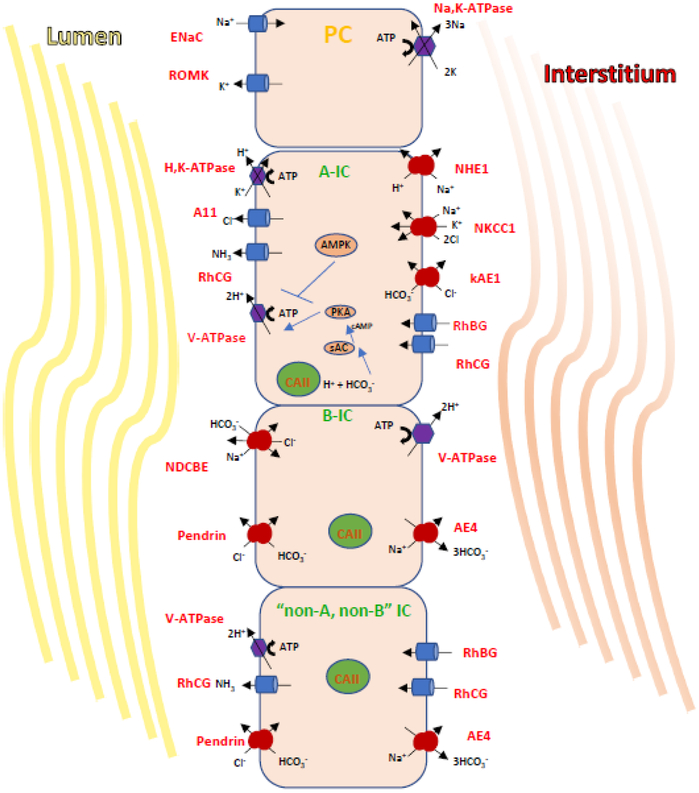Figure 1. Transport processes and regulatory mechanisms in A- and B- and non-A, non-B IC.
A) This diagram illustrates the major transport proteins that define three CD cell types: PCs which expresse ENaC and ROMK; the acid-secreting A-IC; the HCO3--secreting Cl--reabsorbing type B-IC. In cortical and OMCD, A-ICs express apically the V-ATPase and the H+/K+-ATPase and AE1 (kidney isoform) at their basolateral membrane. The B-ICs express pendrin apically as well a Na+-driven Cl–/HCO3–exchanger called NDCBE. Together NDCBE and pendrin reabsorb NaCL in an electroneutral mode, while Na+ exits the B-Ics via AE4, and the pathway of basolateral Cl- exit is still unclear. In B-ICs the basolateral V-ATPase rather than the Na,K-ATPase, generates the potential to reabsorb luminal NaCl.
B) The HCO3- sensor sAC and its downstream effector PKA work in concert to activate V-ATPase at the apical membrane. This activation is counteracted by the metabolic sensor AMPK, an enzyme upregulated in response to ischemia or metabolic or increased cellular [AMP]/[ATP]. AMPK then mediates the downregulation of V-ATPase.

